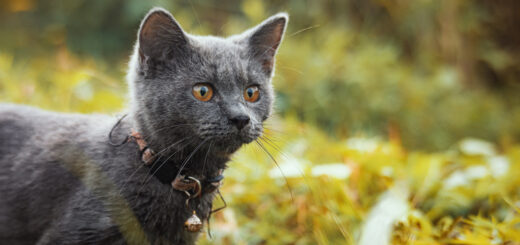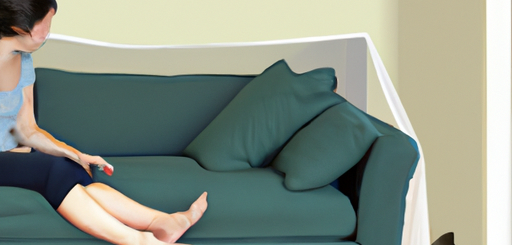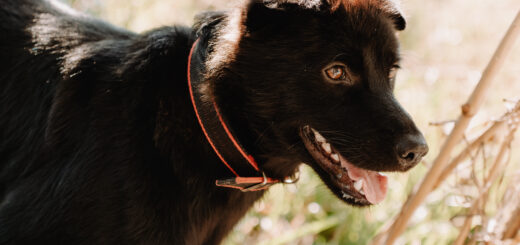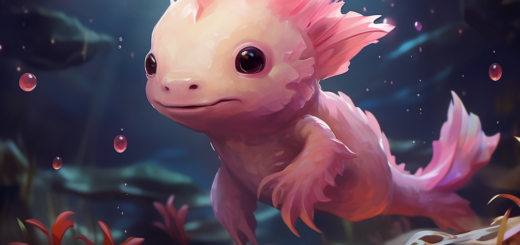Handling Cat Aggression: Causes, Solutions, And Prevention
In this informative article, you will explore the topic of handling cat aggression and gain a better understanding of its causes, along with effective solutions and prevention methods. Whether you currently have a cat experiencing aggression issues or simply want to be prepared for any future encounters, this article will provide you with practical tips and insights to create a harmonious environment for both you and your feline companion. So let’s dive in and explore the fascinating world of cat aggression!
Click here to Understand & Speak With Your Cat!
Causes of Cat Aggression
Territorial Aggression
Territorial aggression in cats can occur when they feel their space or belongings are being threatened by another animal or even a person. When a cat exhibits territorial aggression, it may hiss, growl, or even attack to protect its territory. This behavior is commonly observed when introducing a new cat into the household or during conflicts over resources such as food, water, or litter boxes.
Fear Aggression
Fear aggression in cats is often triggered by a perceived threat or stimulus that the cat finds intimidating or scary. When faced with a fearful situation, a cat may display aggressive behaviors as a defense mechanism. This can include hissing, swatting, or biting. Common triggers for fear aggression can be unfamiliar people, loud noises, sudden movements, or even other animals.
Redirected Aggression
Redirected aggression occurs when a cat becomes aroused or agitated by a specific stimulus but cannot directly confront it. Instead, the cat redirects its aggression onto an available target, such as another pet or even a human. This type of aggression is often seen when a cat is unable to reach a perceived threat, such as a neighboring cat outside the window, and then transfers its frustration onto a more accessible target.
Play Aggression
Play aggression is a common behavior in kittens and young cats. It is a way for them to practice their hunting skills and is usually not meant to cause harm. However, this behavior can become problematic if the cat’s play becomes too rough and results in scratching or biting. It’s important to redirect play aggression onto appropriate toys and provide regular interactive play sessions to satisfy their predatory instincts.
Maternal Aggression
Maternal aggression refers to the protective behaviors exhibited by female cats towards their kittens. While this aggression is usually directed towards potential threats to the kittens’ safety, it can sometimes extend to humans or other animals that come near the nesting area. It is important to respect the mother cat’s boundaries during this time and provide a calm and secure environment for her and her kittens.
Pain or Medical Issues
Cats experiencing pain or underlying medical issues may display aggression as a result. When in pain or discomfort, a cat may become defensive and lash out if touched in certain areas or handled in a way that exacerbates their discomfort. It is essential to consult a veterinarian if you suspect that your cat’s aggression may be linked to pain or an underlying medical condition.
Lack of Socialization
Cats that have not been properly socialized from a young age may exhibit aggression towards unfamiliar people, animals, or new environments. Without adequate exposure to various stimuli during the critical socialization period, cats may develop fear or defensive aggression as a response to the unknown. Early socialization and gradual exposure to different situations can help prevent the development of aggression due to a lack of socialization.
Genetic Factors
Some cats may have a genetic predisposition towards aggression. Certain breeds may be more prone to exhibiting aggressive behaviors due to their genetic makeup. However, it’s important to note that genetics alone do not determine a cat’s behavior. Proper socialization and training can still help mitigate aggression, even in cats with a genetic predisposition.
Environmental Stressors
Environmental stressors can significantly impact a cat’s behavior and trigger aggression. Examples of stressors include changes in the home environment, such as moving to a new house, introducing new pets, or even changes in the household routine. Cats are creatures of habit, and disruptions to their familiar surroundings can lead to increased anxiety and aggression. Creating a stable and stress-free environment is essential in preventing and managing aggression.
Inappropriate Punishment
Using punishment as a means of discipline can have adverse effects on a cat’s behavior and may lead to aggression. Cats do not respond well to physical or harsh punishment, and it can make them fearful or resentful, resulting in defensive aggression. Positive reinforcement and reward-based training methods are more effective in shaping desired behaviors and preventing aggression.

This image is property of images.pexels.com.
Click here to Understand & Speak With Your Cat!
Recognizing Aggressive Behavior
Growling and Hissing
Growling and hissing are vocal signs that a cat is feeling threatened or is in an aggressive state. These defensive vocalizations serve as a warning to back off or risk further escalation of the situation. When a cat growls or hisses, it is important to give them space and avoid any further provocation.
Biting and Scratching
Biting and scratching are clear indications of aggressive behavior in cats. These actions are usually taken as a last resort when other warning signs are ignored or the cat feels cornered. It is crucial to avoid any further confrontation and seek ways to de-escalate the situation when faced with a cat displaying aggressive biting or scratching.
Puffed Tail and Arched Back
When a cat’s tail is puffed up and its back is arched, it is a visual display of aggression. This posture signifies that the cat perceives a threat and is preparing to defend itself. It is important to give the cat space and avoid any sudden movements when you observe these physical signs of aggression.
Ears Flat and Dilated Pupils
Flattened ears and dilated pupils are common physical signs associated with aggressive behavior in cats. These visual cues indicate heightened arousal and readiness to attack. When a cat’s ears are flat against its head, and its pupils are dilated, it is important to stay calm and avoid any direct eye contact or sudden movements that may be perceived as threatening.
Unpredictable Attacks
Unpredictable attacks are a concerning behavior that may occur when a cat is experiencing aggression. These attacks can happen without apparent warning signs and may catch owners off guard. It is essential to observe and identify triggers that may lead to such attacks and seek professional help to address the underlying issues.
Stalking and Ambushing
Stalking and ambushing behaviors are natural hunting instincts in cats. However, when displayed in a domestic setting, these behaviors can become problematic, especially if they are directed towards other pets or family members. Recognizing and redirecting these predatory behaviors onto appropriate toys or feeding puzzles can help prevent aggression stemming from stalking and ambushing.
Chasing and Pouncing
Chasing and pouncing behaviors are also rooted in a cat’s hunting instincts. While these behaviors are usually harmless during playtime, they can become aggressive if directed towards people or animals in a way that causes harm. Providing appropriate outlets for these behaviors, such as interactive toys, can help redirect their energy and prevent aggression.
Blocking Access
Sometimes, cats may display aggression by blocking access to certain areas of the house or by guarding their resources such as food or litter boxes. This possessive behavior can be a sign of territorial aggression, and it is important to address the underlying cause of this behavior to effectively manage aggression.
Blocking Escape
In some situations, a cornered or fearful cat may display aggression as a means to block escape. When a cat feels trapped or unable to retreat, it may resort to defensive aggression as its only means of self-preservation. Recognizing and creating escape routes or providing hiding places can help alleviate this type of aggression.
Inappropriate Urination or Defecation
In rare cases, aggression in cats can manifest as inappropriate urination or defecation. This behavior can be a response to stress, fear, or anxiety. It is essential to rule out any medical issues that may contribute to these behaviors and address any underlying emotional or environmental factors that may be causing the aggression.

This image is property of images.pexels.com.
Click here to Understand & Speak With Your Cat!
Solutions for Cat Aggression
Consulting a Veterinarian
If you are dealing with a cat displaying aggression, it is essential to consult with a veterinarian to rule out any underlying medical conditions that may be contributing to the aggressive behavior. A thorough physical examination and potential diagnostic tests can help determine if there are any health issues that need to be addressed.
Identifying Triggers
Understanding the triggers that elicit aggressive behavior in your cat is crucial for addressing and managing their aggression. Keep a record of incidents and observe patterns or specific situations that lead to aggression. This information will help you develop strategies to minimize or eliminate these triggers.
Environment Modification
Making adjustments to your cat’s environment can significantly impact their behavior. Providing vertical spaces, such as cat trees or shelves, allows them to escape when they feel threatened. Ensuring sufficient resources, like separate food and water bowls and multiple litter boxes, can reduce conflicts and territorial aggression. Additionally, creating a calm and predictable environment by minimizing loud noises or sudden disturbances can help alleviate stress-related aggression.
Positive Reinforcement
Positive reinforcement techniques involve rewarding desired behaviors with treats, praise, or play. By using positive reinforcement when your cat exhibits calm or non-aggressive behavior, you can encourage and reinforce those behaviors while discouraging aggression. This can be especially effective when combined with other behavior modification techniques.
Play Therapy
Engaging in interactive play sessions with your cat can help redirect their energy and fulfill their predatory instincts in a positive way. Using toys that simulate prey, such as wand toys or puzzle feeders, can keep them mentally stimulated and physically active. Regular play sessions can reduce the likelihood of pent-up energy turning into aggressive behavior.
Scheduling Regular Playtime
In addition to play therapy, scheduling regular playtime throughout the day is essential for a cat’s wellbeing. Provide at least two play sessions daily where you actively engage with your cat. This dedicated time for interactive play helps release excess energy and promotes a stronger bond between you and your feline companion.
Behavioral Training
Using behavioral training techniques can be effective in addressing and managing aggression in cats. Using reward-based methods, such as clicker training, you can teach your cat alternative behaviors that are incompatible with aggression. Basic commands like “sit” and “stay” can redirect their focus and provide an alternative response to their triggers.
Desensitization and Counterconditioning
Desensitization and counterconditioning involve gradually exposing your cat to the triggers that elicit aggression in a controlled and positive way. By pairing the presence of the trigger with something enjoyable, such as treats or play, you can help change their association from fear or aggression to a positive response. This process should be done slowly and at a pace that allows your cat to remain comfortable and relaxed.
Using Distractions
Using distractions can help redirect your cat’s attention away from situations or triggers that elicit aggression. For example, if your cat becomes aggressive towards another pet, redirect their attention by throwing a toy or engaging them in play. Distractions can help break the cycle of aggression and give your cat an alternative outlet for their energy.
Medical Interventions
In severe cases of aggression, medications or pheromone therapies may be prescribed by a veterinarian. Medications can help alleviate anxiety or mood disorders that may contribute to aggressive behavior. Pheromone therapies, such as Feliway, can create a calming environment for your cat and reduce stress-related aggression. These interventions should always be done under the guidance of a veterinary professional.
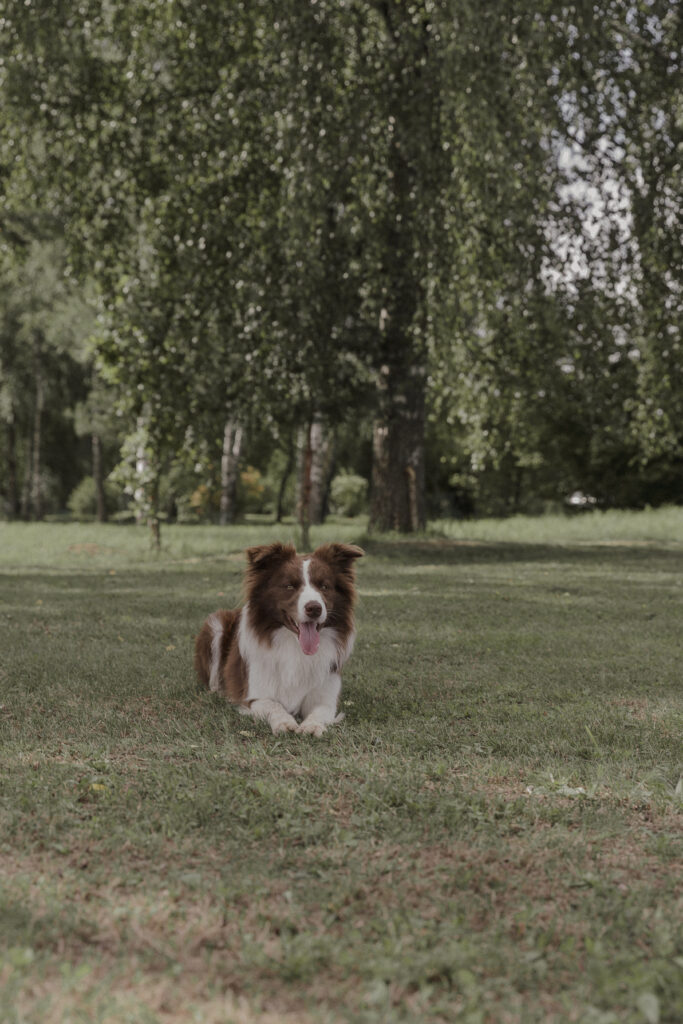
This image is property of images.pexels.com.
Click here to Understand & Speak With Your Cat!
Preventing Cat Aggression
Early Socialization
Proper socialization from a young age is crucial in preventing aggression in cats. Exposing kittens to a variety of people, animals, and environments can help them become well-adjusted and confident adults. Positive experiences during the critical socialization period can shape their behavior and make them less prone to aggression in the future.
Proper Handling and Petting
Understanding how to handle and pet a cat appropriately can prevent aggression. Cats have sensitive areas, such as their belly or tail, which may trigger defensive aggression if touched inappropriately. Learning proper handling techniques and respecting your cat’s boundaries during interactions promotes a positive and trusting relationship.
Avoiding Rough Play
Rough play can encourage aggressive behavior in cats, especially in kittens. Discourage any rough play that involves biting or scratching hands or other body parts. Instead, redirect their play onto appropriate toys and provide positive reinforcement when they engage in gentle and non-aggressive play.
Providing a Safe Space
Creating a safe space for your cat to retreat to when they feel overwhelmed or threatened is crucial in preventing aggression. This space can be a separate room or a designated area with their bed, toys, and scratching posts. A safe space allows your cat to feel secure and provides them with an escape when they need it.
Consistent Routine
Cats thrive on routine, and disruptions to their schedule can lead to stress and aggression. Establish a consistent daily routine for feeding, playtime, and litter box cleaning. Consistency in their daily activities helps establish a sense of security and reduces anxiety-induced aggression.
Regular Veterinary Check-ups
Regular veterinary check-ups are important for maintaining your cat’s overall health and well-being. Your vet can assess your cat’s behavior and address any medical concerns that may contribute to aggression. Preventive care, such as vaccinations and parasite control, is also crucial in preventing health-related aggression.
Spaying or Neutering
Spaying or neutering your cat can help reduce aggression, particularly in territorial and hormonal aggression. It helps regulate their hormone levels and minimizes the likelihood of aggressive behaviors driven by reproductive instincts. Consult with your veterinarian to determine the appropriate age for spaying or neutering your cat.
Positive Interaction with Other Pets
Socializing your cat with other pets in a controlled and positive manner can prevent aggression towards other animals. Slow and supervised introductions, along with reward-based training, can help establish positive relationships between your cat and other household pets.
Avoiding Punishment
Using punishment as a means of disciplining a cat is ineffective and may exacerbate aggression. Physical or harsh punishment can make your cat fearful or defensive, leading to further aggression. Instead, focus on positive reinforcement and reward-based training to shape desired behaviors.
Monitoring Stress Levels
Keeping a close eye on your cat’s stress levels can help prevent aggression. Recognize signs of stress, such as excessive grooming, excessive meowing, or withdrawal from social interactions. Taking steps to minimize stressors in their environment, providing adequate mental and physical stimulation, and ensuring a secure and calm living space can help reduce stress-induced aggression.

Click here to Understand & Speak With Your Cat!
Conclusion
Understanding aggression in cats is crucial for their overall well-being and the harmony of your household. By identifying the causes of aggression and recognizing the signs of aggressive behavior, you can take proactive steps to address and manage aggression in your cat. With the appropriate solutions, such as consulting a veterinarian, modifying the environment, and utilizing positive reinforcement techniques, aggression in cats can be effectively managed. Additionally, early socialization and preventive measures can play a significant role in preventing aggression from developing. Remember, consistency, patience, and positive reinforcement are key in creating a peaceful and harmonious relationship with your feline companion.


